We recently connected with Laura Sobrado and have shared our conversation below.
Laura, looking forward to hearing all of your stories today. What’s been the most meaningful project you’ve worked on?
All of my paintings are equally meaningful to me because each one is based on a song that my clients chose and therefore, they immediately understand and feel deeply emotionally connected to the paintings. I turn songs into paintings using a process that combines my background in graphic (information) design and painting. When I explain this to people, they usually think I mean that I paint however I feel based on the vibe of the painting—but what I actually do is record all of the data in the song by hand—I’ll make a circular graph and record all of the instruments that I can hear. I’ll then assign a shape and color to each instrument and each ring in the graph is assigned an instrument. The graph is divided by the number of seconds in the song and I’ll mark a ring every second that that instrument appears during the song. Once I have all of the data, I’ll pull out the dominant visual patterns from the song map and create a composition based on these patterns and shapes. Once the composition feels strong, I’ll transfer it to canvas and begin mixing my colors. Each client gets to choose 1-2 dominant colors that the painting will lean in because how we interpret a song is deeply varied and personal and I’d never want to choose a dominant color a client dislikes. I always add many more colors than the dominant colors that the client chooses. Once the paints are mixed, I”ll begin painting and this is the part where the scientific data-driven part of my process ends and my intuition takes over.
Most artists like to paint a body of work and offer their paintings for sale however, I thrive off of my commission-based work because I absolutely love my collaborative process with my clients. Firstly, it makes my work to grow because my clients’ choices and preferences force me out of my comfort zone musically and structurally and secondly, having a client to please motivates me to do my best work; their emotional connection to the song made visual into a painting that they will hang in their personal space is a huge honor that I take very seriously and brings me enormous joy and satisfaction.


Awesome – so before we get into the rest of our questions, can you briefly introduce yourself to our readers.
I graduated from Rhode Island School of Design with a BFA in Graphic Design and went on to design for a variety of corporate businesses. I got into painting because I was not doing enough creative work on a daily basis that fed my soul and after about ten years of doing corporate work, I self-imploded. Every single project I worked on in college and after needed to serve some kind of higher purpose to my ego, but the irony is that if you set out to do that, you do the opposite and actually the way to make work that is genuinely meaningful or impactful is to be honest about what you actually truly care about and enjoy at the deepest level. In my lowest moment, what I genuinely cared about was feeling good instead of making something that felt important so I gave myself permission to just do what felt good. I started out by drawing with vine charcoal on newsprint and I kept experimenting with markers and paint markers and other materials until eventually, I was making murals on my living room walls. Eventually, I arrived at the concept of getting data from the people around me to drive my paintings. One of my design professors talked about the power of rules and restrictions in art—that the more restrictions you have, the easier it is to be creative and think outside the box—think the opposite of choice paralysis.
Eventually I landed on these rules: 1) I can only draw using simple geometric shapes 2) the clients pick the song and dominant color 3) I map out the song 4) I create a composition based on the song map 5) I allow the painting to go in whatever direction it wants to go. As someone who thrives off of rules and structure, this process has been extremely beneficial for me and my work is basically determined without needing to figure out what I want to make each time I buy a canvas: I am essentially more of a translator than a painter and I cannot see this process getting old for me any time soon. This is because music and preferences evolve and change all the time and therefore, so will my paintings.
What I am most proud of is the honesty that I brought to establishing my process because it created a style of abstract painting that I’ve never seen before. I am also deeply proud to be making abstract art that my clients immediately understand and feel emotionally connected to. While I do not judge anyone else’s process, I cannot just make a large body of work and ask people to buy it—for me personally, this does not feel right because a client’s involvement and collaboration is very important—it is what motivates me to do my best work, one painting at a time.
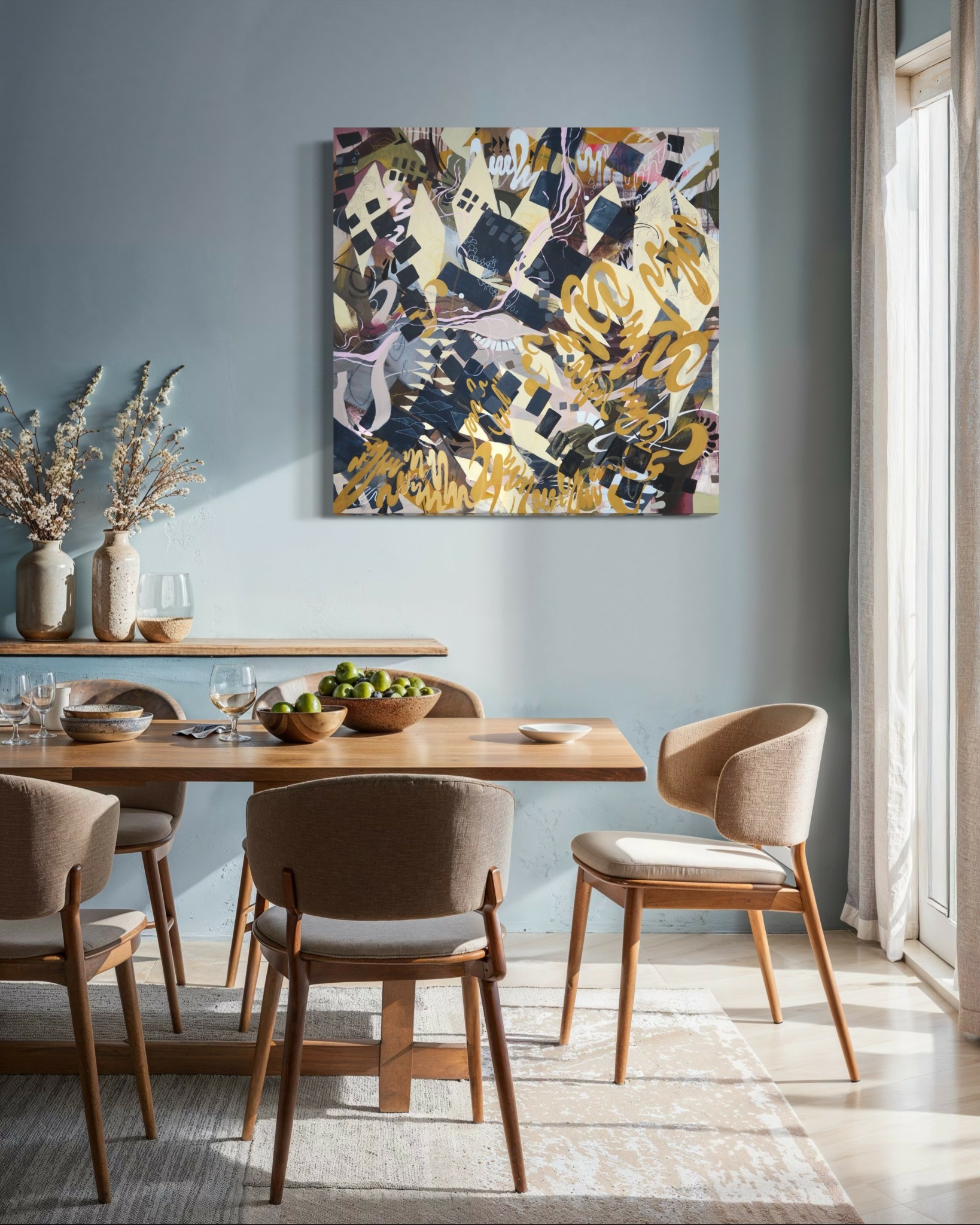
What’s the most rewarding aspect of being a creative in your experience?
If I had to go back to school and choose a completely different career, I’d probably choose to become a therapist. What I love about my process is that I get to validate people’s feelings by making a visual representation of a song that does exactly that. It’s a way to heal and sooth someone’s feelings which in turn, does exactly the same thing for me.
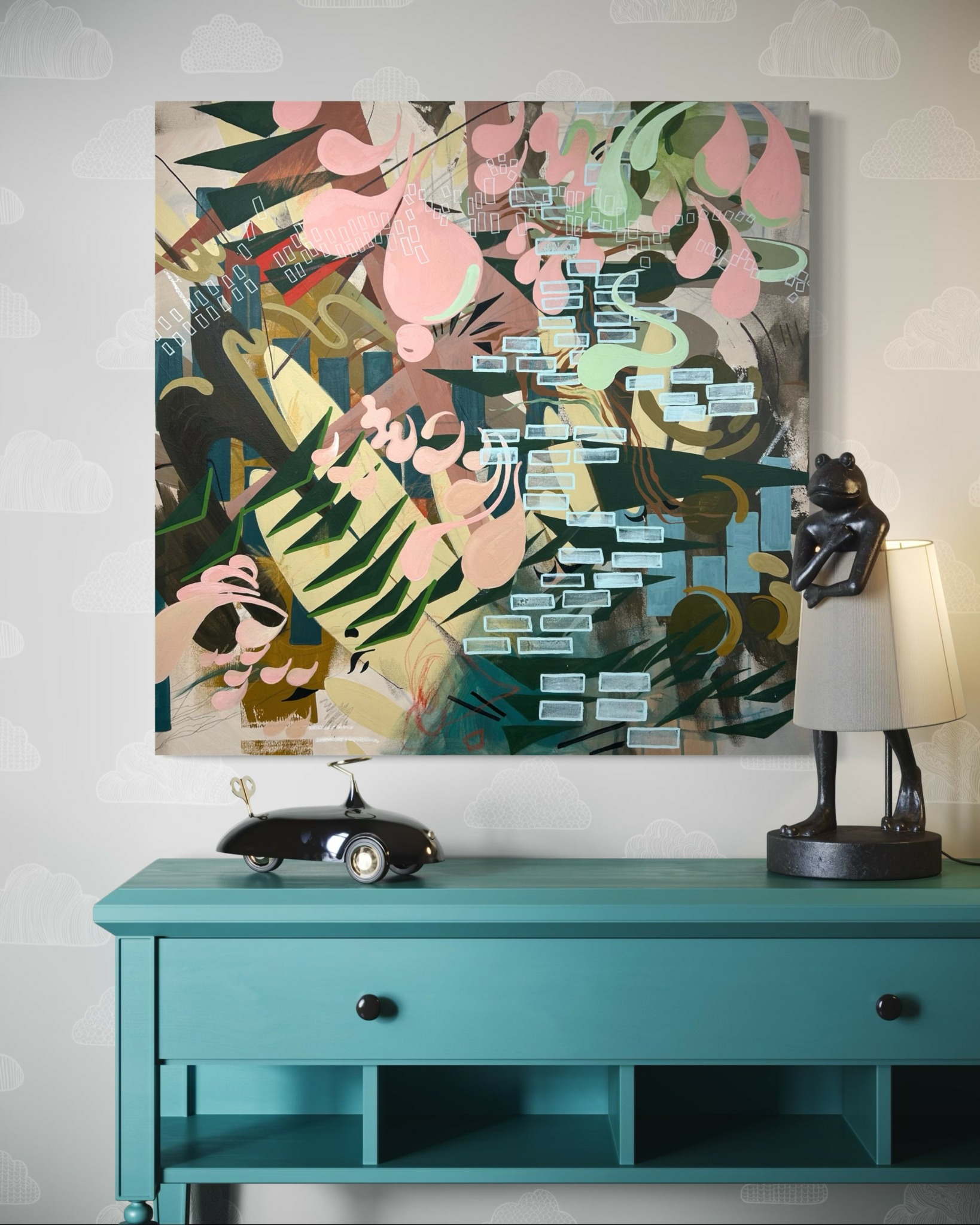
Is there something you think non-creatives will struggle to understand about your journey as a creative?
Everyone is creative by nature, even “non-creatives”—they/we cannot help but to be creative. For artists and musicians, it just so happens that our creativity is expressed in a very obvious way that can be easily recognized by society. However, you can be just as a creative cook or a mathematician or a even a mother. How creativity is expressed can come in all shapes and sizes. I would like non-artists or musicians to stop saying that they are not creative because they are—it’s just expressed in a different way or is yet to be discovered. Uncovering this part of you starts with asking yourself “what do I actually, honestly care about?” When I hit rock bottom, it was easy for me to answer that question because I was starving to have something to feel passionate about—that is possible for everyone to do, but we’re not always ready for radical honesty with ourselves.
Contact Info:
- Website: https://snstza.com
- Instagram: snstza
- Linkedin: https://www.linkedin.com/in/laurasobrado/
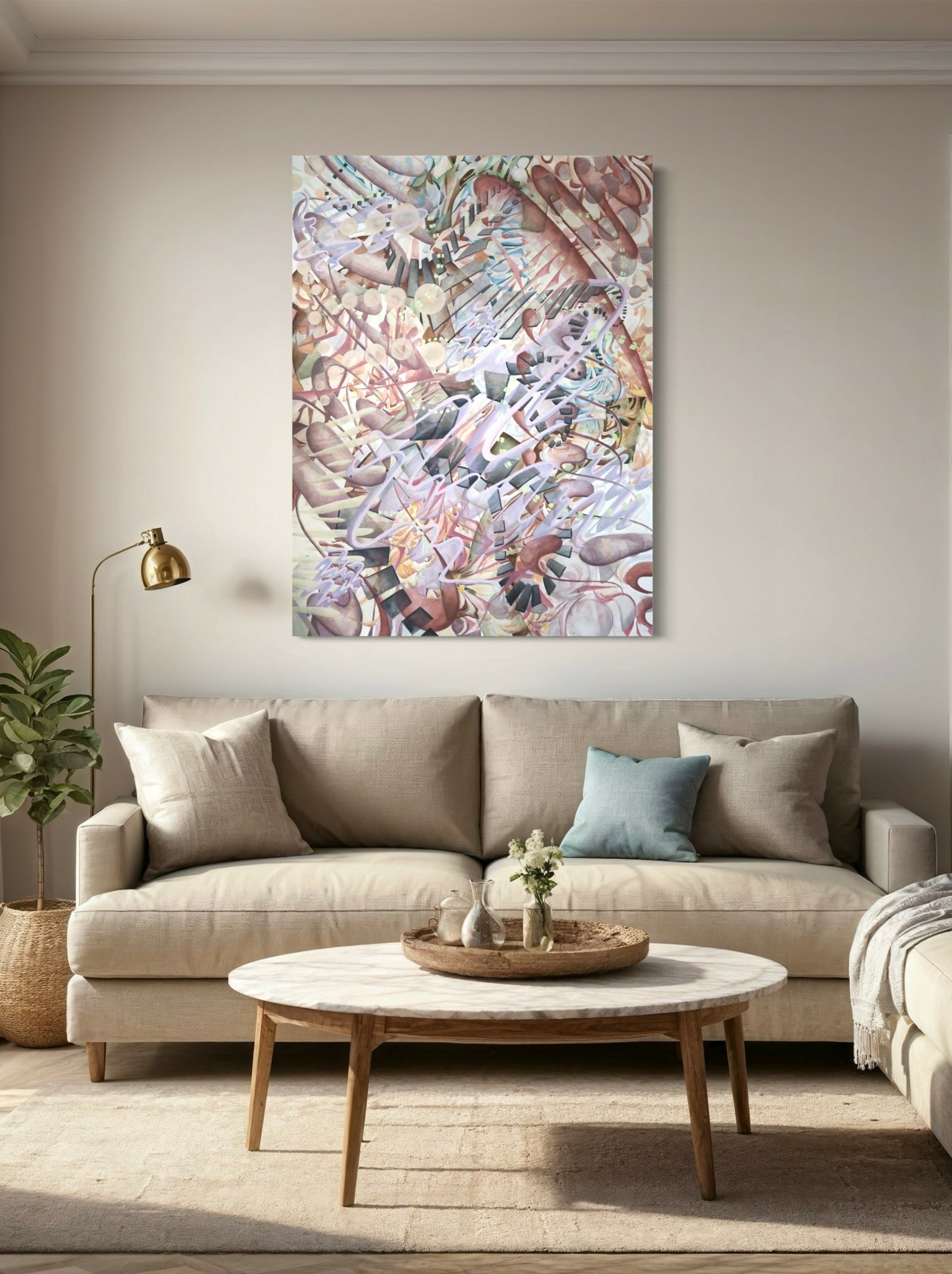

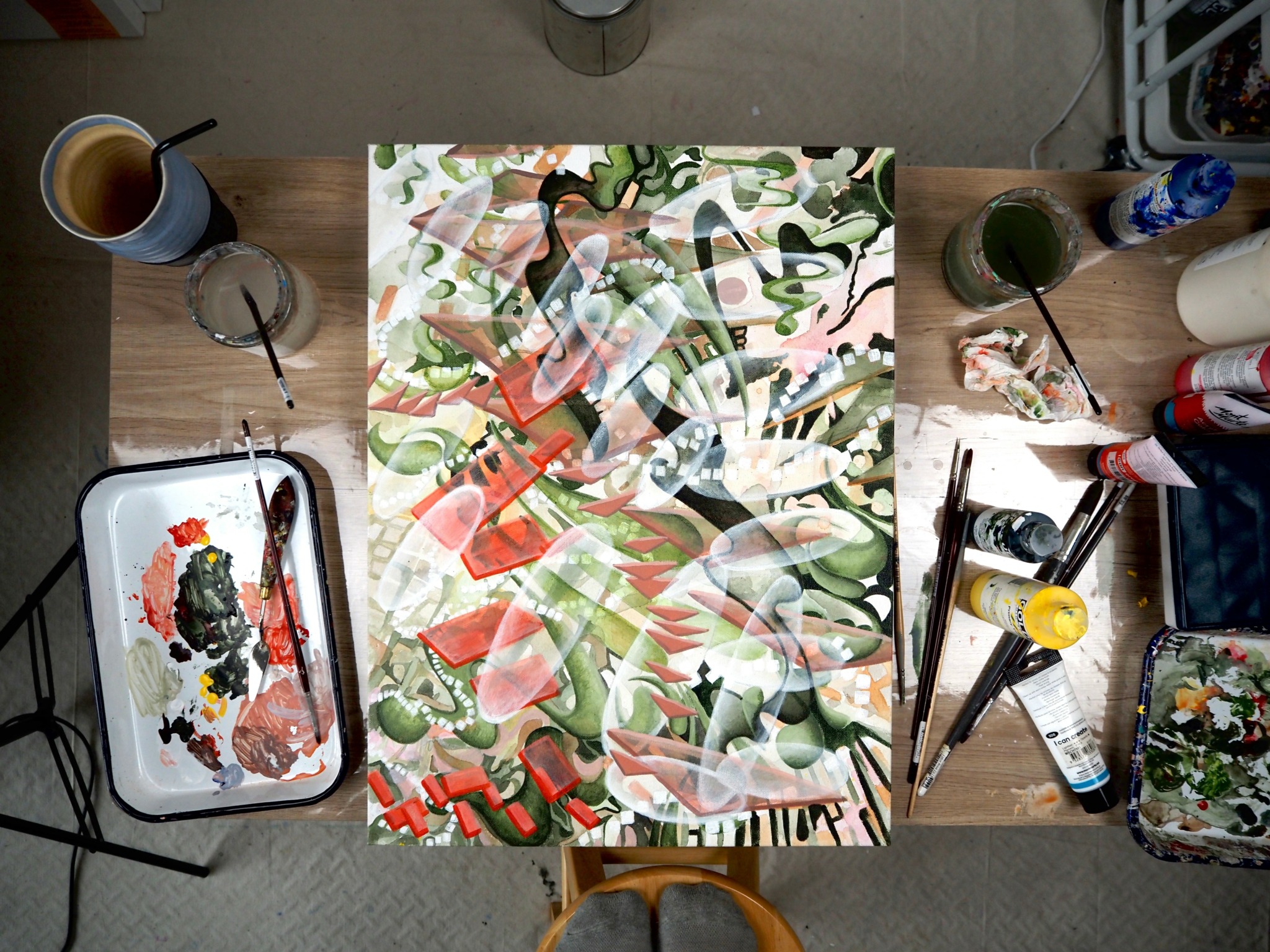


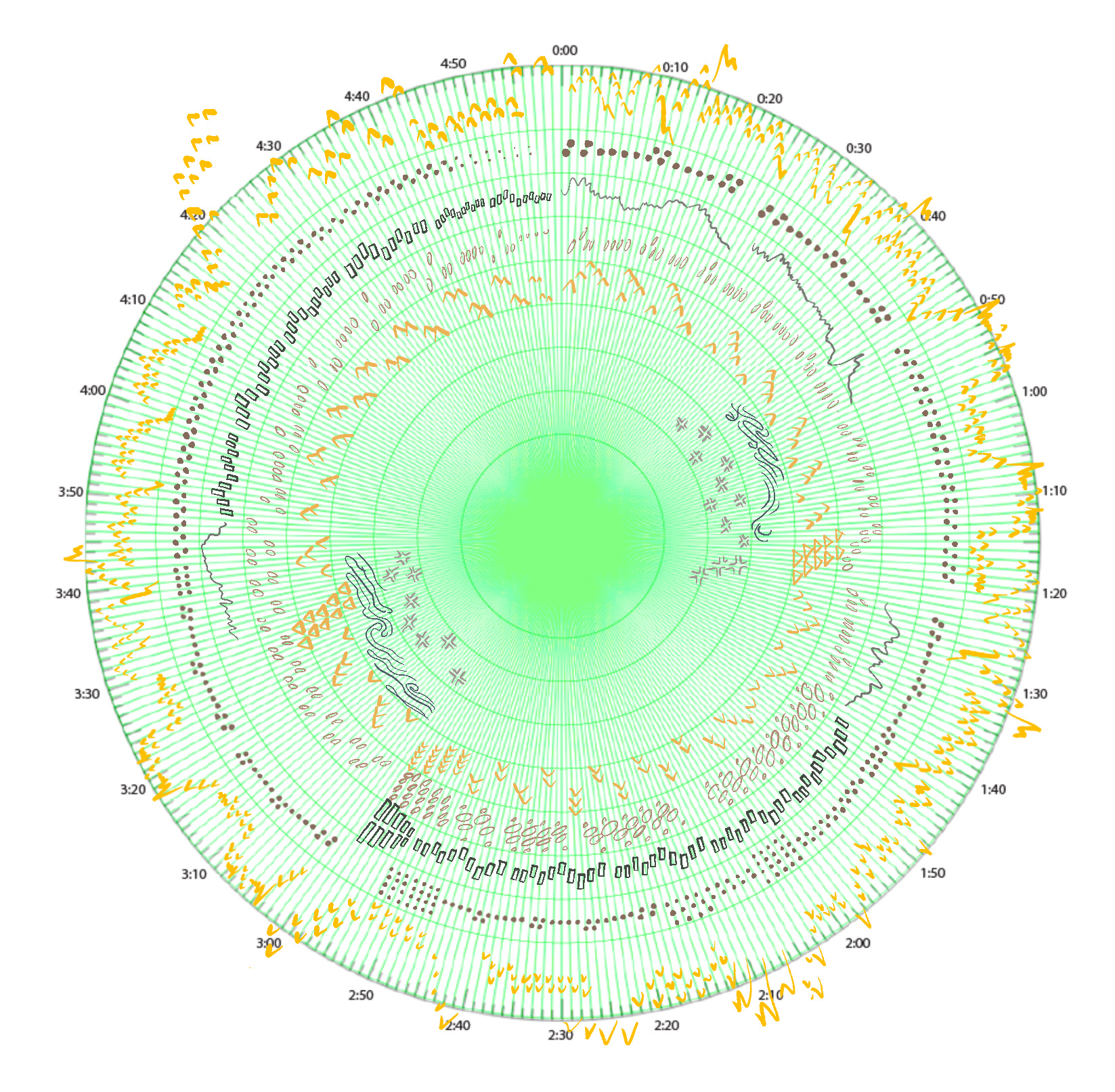
Image Credits
All photos are my own.


